A forgotten gem near Dravograd! What does Bukovje Manor hide?
In the shadow of the green slopes of Pohorje, not far from the calm flow of the Drava River, stands Bukovje Manor, a quiet testament to former noble power, a love of nature, and the lasting traces of time. Located just a few kilometers south of Dravograd, this manor has for centuries preserved memories of aristocratic life, along with turbulent times that reshaped borders, peoples, and customs.
The first mention of the Bukovje area dates back to the Middle Ages, but the manor we see today took shape only in the eighteenth century, when Count Sigismund Attems, a member of the influential Attems noble family, commissioned its construction. The family played a significant role in the history of Styria and Carinthia, and Sigismund chose this very location, surrounded by a beech forest, as a summer retreat and hunting ground. He built the manor in the Baroque style with touches of classical elegance, in keeping with the aristocratic tastes of the time.
The Attems family ruled this estate for several generations, and Bukovje Manor became a center of social life in the region, a place where lavish balls, hunts, and cultural gatherings were held. The manor featured its own garden, orangery, and numerous outbuildings that allowed the estate to function independently.
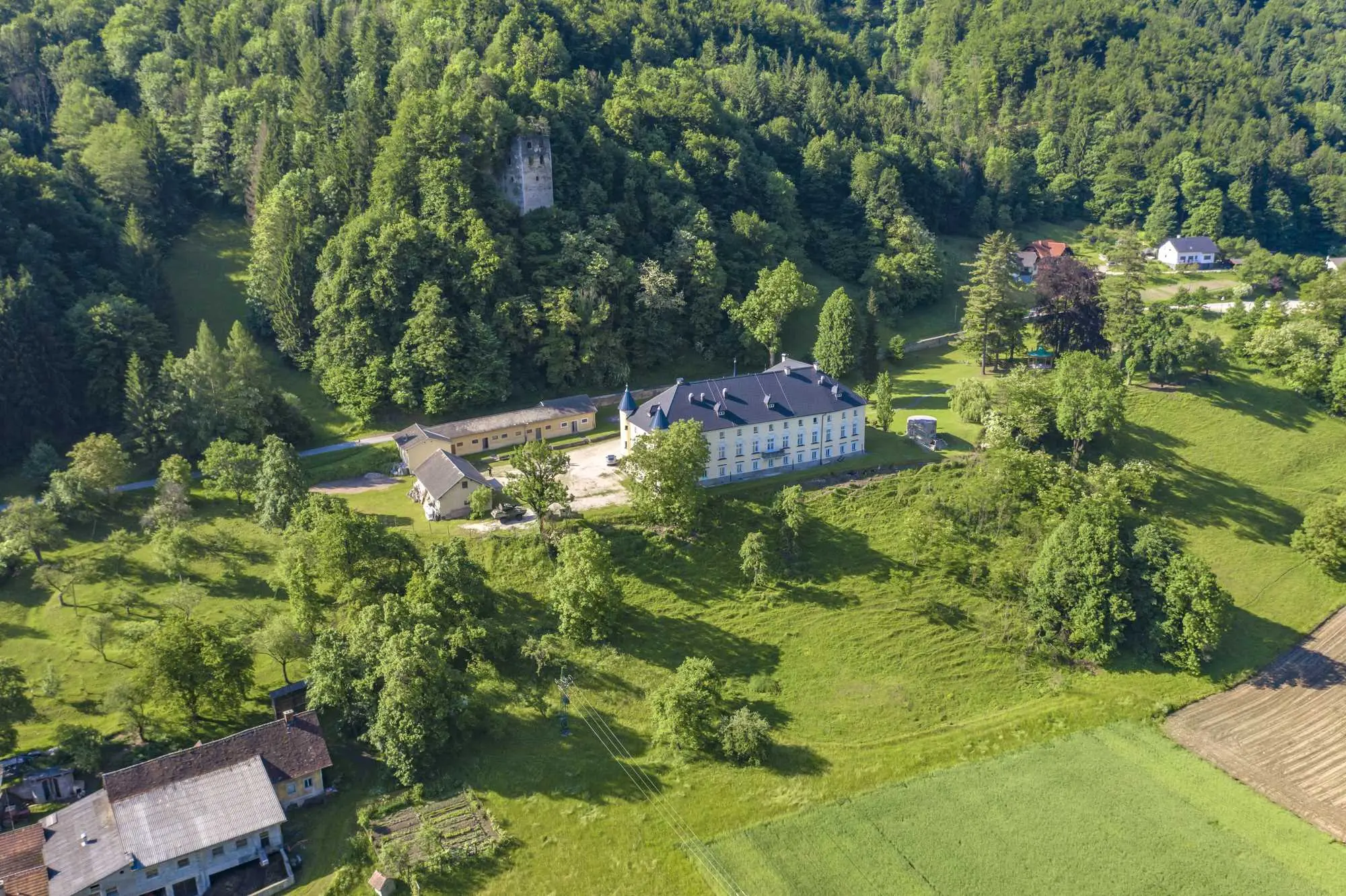
Bukovje Castle, Photo: Wirestock Depositphotos
In the shadow of great changes
With the arrival of the twentieth century, the glory of the nobility began to fade. After the First World War and the collapse of the Austro-Hungarian Empire, Slovenia became part of the Kingdom of Serbs, Croats, and Slovenes, and the feudal system gradually lost its strength. The Attems family left the manor, and during the Second World War, German troops occupied the complex and used it for military purposes.
After the war, the manor became state property. Its rooms were converted into school classrooms, a dormitory, and even storage space, which further damaged its original appearance. However, thanks to the enthusiasm of the local community and later restorations, Bukovje Manor managed to preserve part of its architectural authenticity and today stands as a symbol of resistance to oblivion.
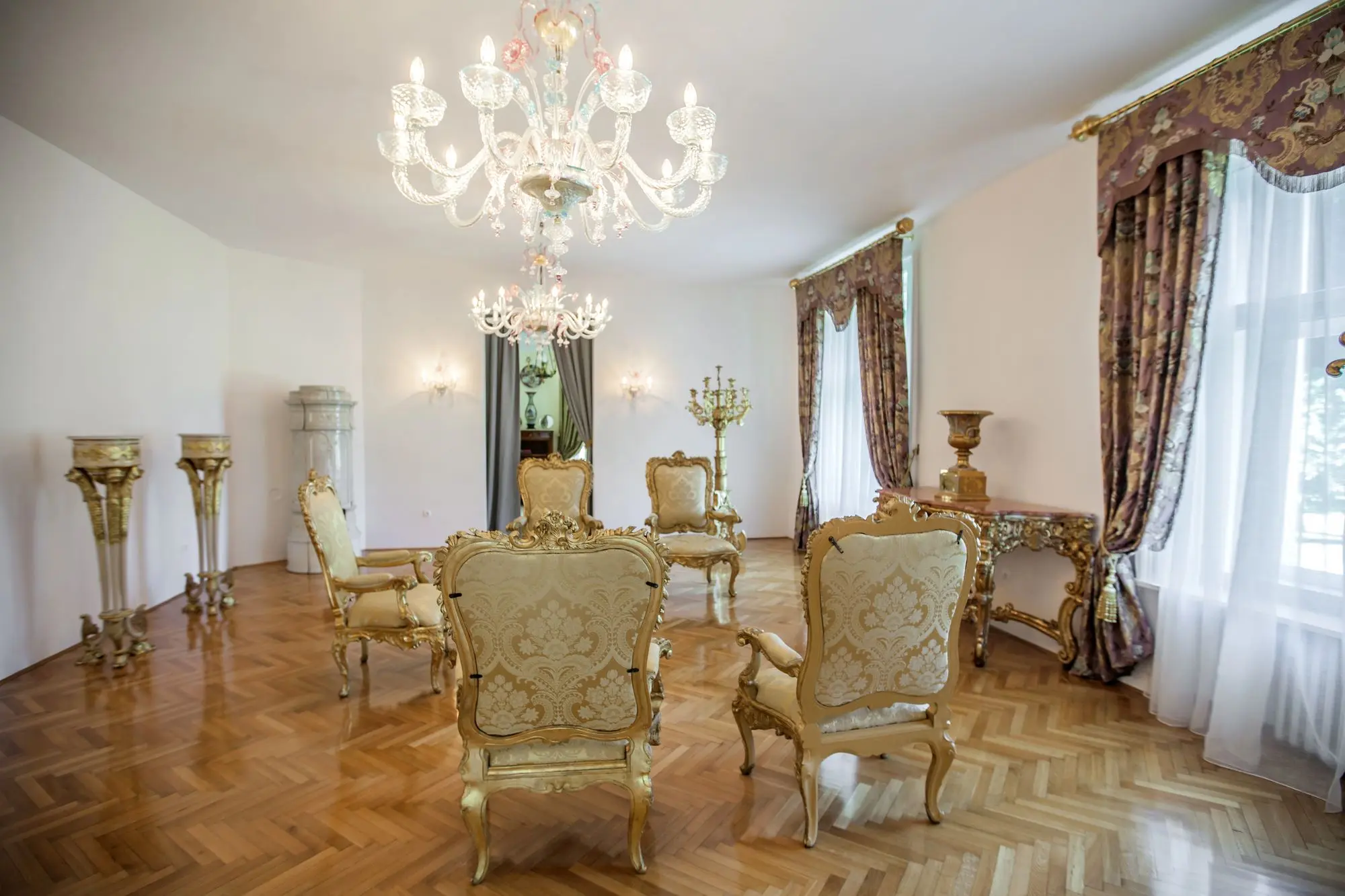
Bukovje Castle, Photo: Wirestock Depositphotos
The manor today is a place of history, art, and nature
Today, Bukovje Manor serves as the cultural center of Dravograd. Its restored spaces house exhibition halls, a concert venue, and artist studios. Visitors can enjoy permanent and temporary exhibitions focused on the region’s history, art, and natural heritage.
The surrounding grounds, located along the Drava River, provide an ideal setting for walks, cycling, or quiet reflection in nature. The manor park is carefully maintained, with benches, pathways, and information boards guiding visitors through the story of the manor and its former residents.
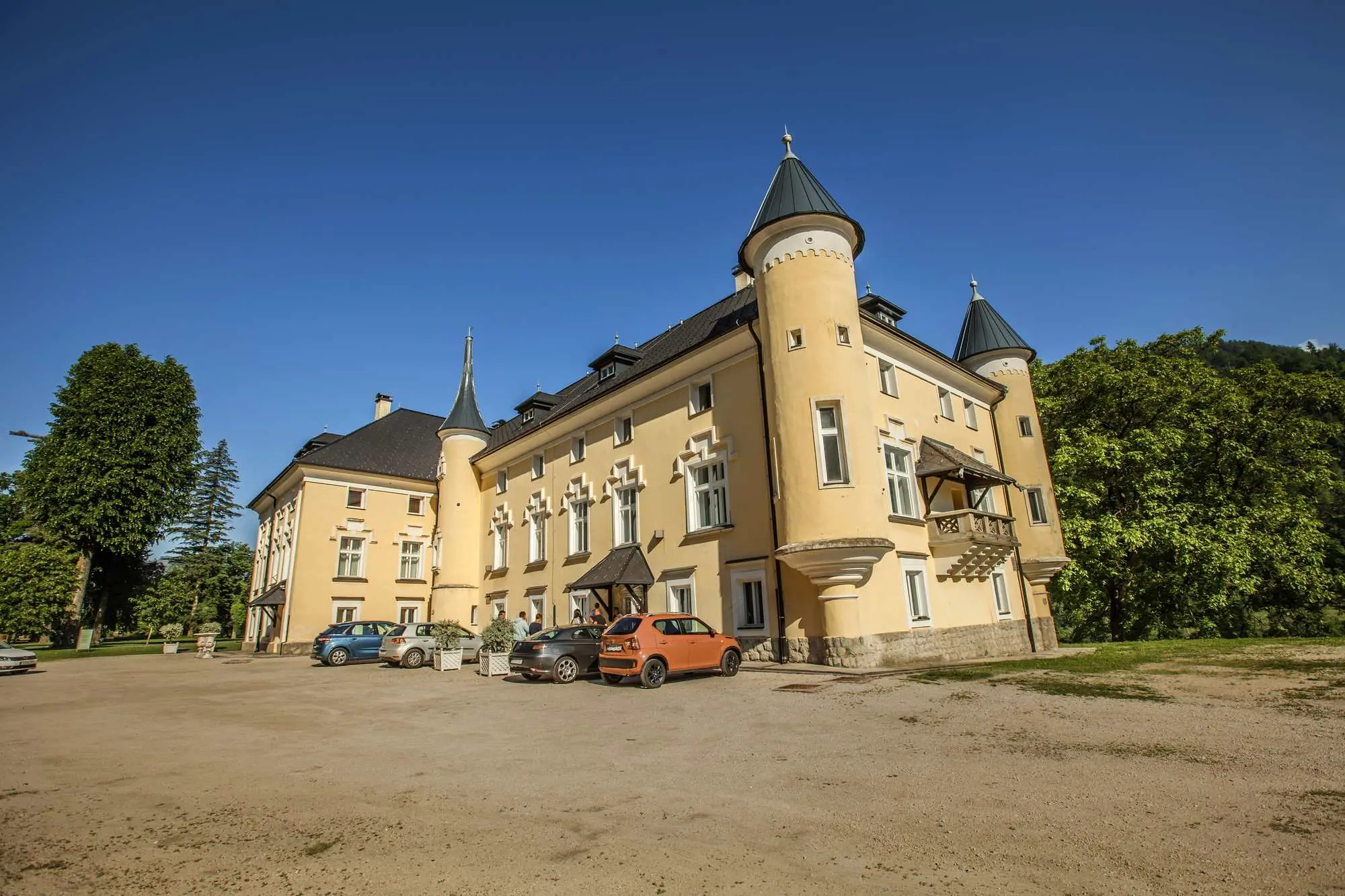
Bukovje Castle, Photo: Wirestock Depositphotos
What else to visit nearby
If your journey brings you to Bukovje, do not stop at the manor alone. Just a short walk away lie the ruins of Pukštajn Castle, once a powerful noble fortress that dominated this area for centuries. Although now surrendered to the passage of time, Pukštajn still radiates a sense of medieval pride, and the brief climb to reach it rewards visitors with silence and sweeping views of a landscape that has shaped many generations.
For those eager to dive even deeper into history, there is also the Old Castle of Dravograd, located on a strategic rise above the Drava River. Though farther away, it offers a valuable insight into the military and commercial importance of this region throughout the centuries. It remains still overlooking the town, like a silent guardian of former conflicts and alliances.
Together, these locations form a mosaic of a land rich in stories waiting to be discovered.

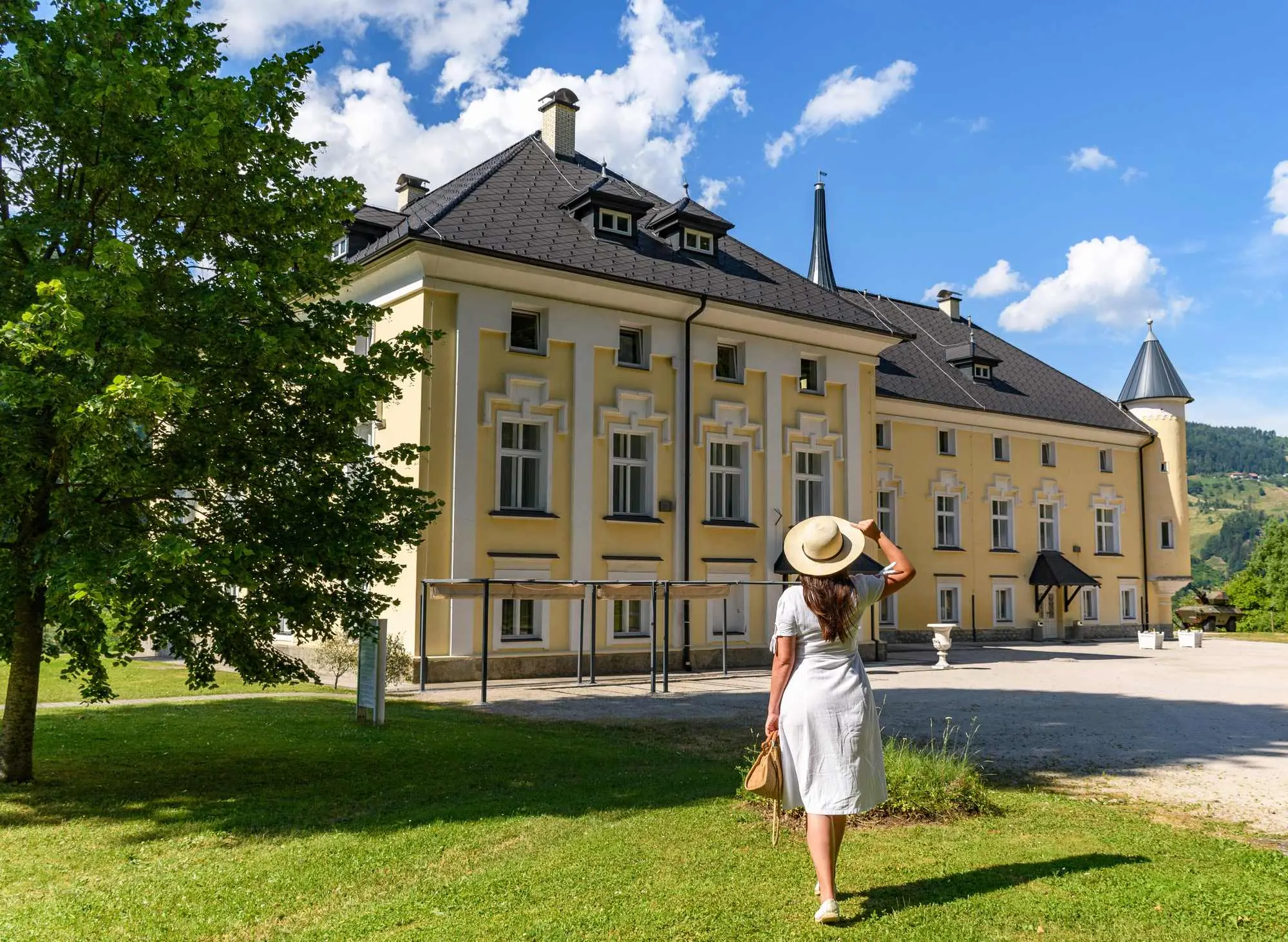
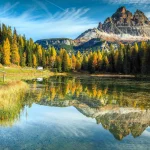
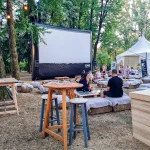
Leave a Reply